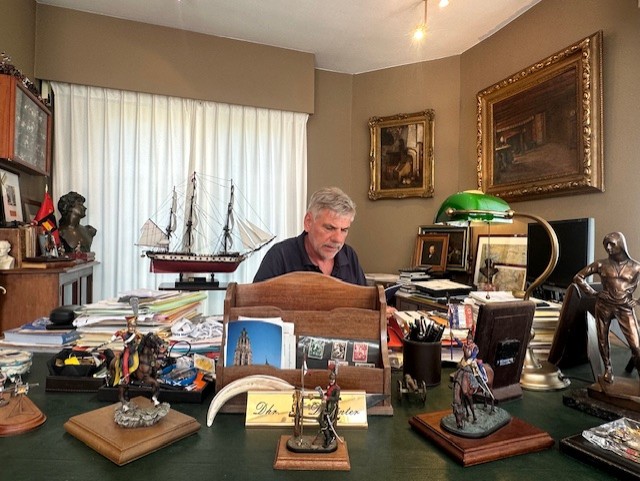
At 400x100 meters grape trellis, A sea of greeneries is created in semi-desert environment.
Grapes(Vitis vinifera) are fruits, botanically a berry of the deciduous woody vines of the flowering plant genus Vitis.
The cultivation of the domesticated grape began in the Near East 6000 years ago. According to the Food and Agriculture Organization (FAO),roughly 75000 square kilometers of the world are dedicated to grapes.
I installed a drip irrigation system at the grape trellis.
When I planned my farm, I left a stretch of 40000 square meters to establish a grape trellis. After planting pistachio and olive trees,among others, I had the time to complete the planting stage at this huge farm with another plant species that is native to the region and that comply with my criteria in diversity,sustainability, and ingenuity.
Loads of metal wires were used to be tided to peripheral cables holding the trellis.
I divided this stretch of land into 3 lots. 2 with an area of 15000 sq. mt. and one that has an area of 10000 sq. mt. Making the remark on the land to plant the vines was a tedious job. We had to align the holes in perfect setting, bearing in mind the later mission of building the peripheral metal “pillars” that will make the whole structure stand up and eventually bearing the heavy load of plant materials and the precious fruit.The vines were spaced 4 x 4 meters apart and were planted in the winter while in dormancy. A more appropriate method would be to build the trellis first then planting the vine next to each pipe.
A look from my 2 story chicken house with the water holding pond and pumping station at right.
Irrigation was done by installing a drip irrigation system. When plants got bigger I supplemented the system with movable sprinkler system.
A trellis had to be in good alignment any way you look.
A regular, frequent irrigation is required since grapes consume more water than the humble needs of olive and pistachio trees. Their canopy is flat in a horizontal setting facing the sun while their clusters had to be neatly pointed toward the interior to protect them from the scorching sun.
A calming setting under the heavy canopy.
In winter, pruning is a must to balance the wood so enough buds are left to produce an economical crop that is not overwhelming the vine ability to grow and feed it.
The glossy foliage covering the trellis.
Grapes do better with proper fertilization of which my sheep provided a good part of. As a part of what I call integrated weed management, I would let sheep roam the trellis after fruit picking is over. These sturdy feeders will consume weeds and fallen leaves and fruits off land. What they give back is their rich manure that is returned to the soil to augment a recycling process.
When you start your day with such a view, no need for more.
Grapes require good care and optimum conditions to produce their handsomely arranged clusters. A proper shipping is definitive to assure premium quality.
A 400 meters long of perfect alignment.
Grapes are aesthetic. The addition was well appreciated by co-workers who would find a relief in the cool shade under the canopy and during lunch breaks.
East to west view.
I post the several stages a cluster go through from blooming to ripening.
At blooming
Mid blooming.
solid green canopy.
On their way to the pastures, the sheep would nipple on these tangy twigs around the trellis.
The clusters are starting to take shape.
Before ripening a manual thinning of some leaves around the clusters is done to allow sun rays for good coloring.
before ripening.
After fruit picking it is time for some rest and as the winter approaches we prepare for pruning. Again sheep play and integral part. They munch of the soft twigs and what is left is used as a fire wood by local families who prepare their daily bread.
A perfect look of the trellis after pruning. The sheep will graze the land to the end. Nothing is left to waste.
The addition of the trellis to the farm was a valuable experience. Asides from its many benefits it added a micro ecosystem in the arid region just to mock the creation of a rain forest in the middle of the desert.






